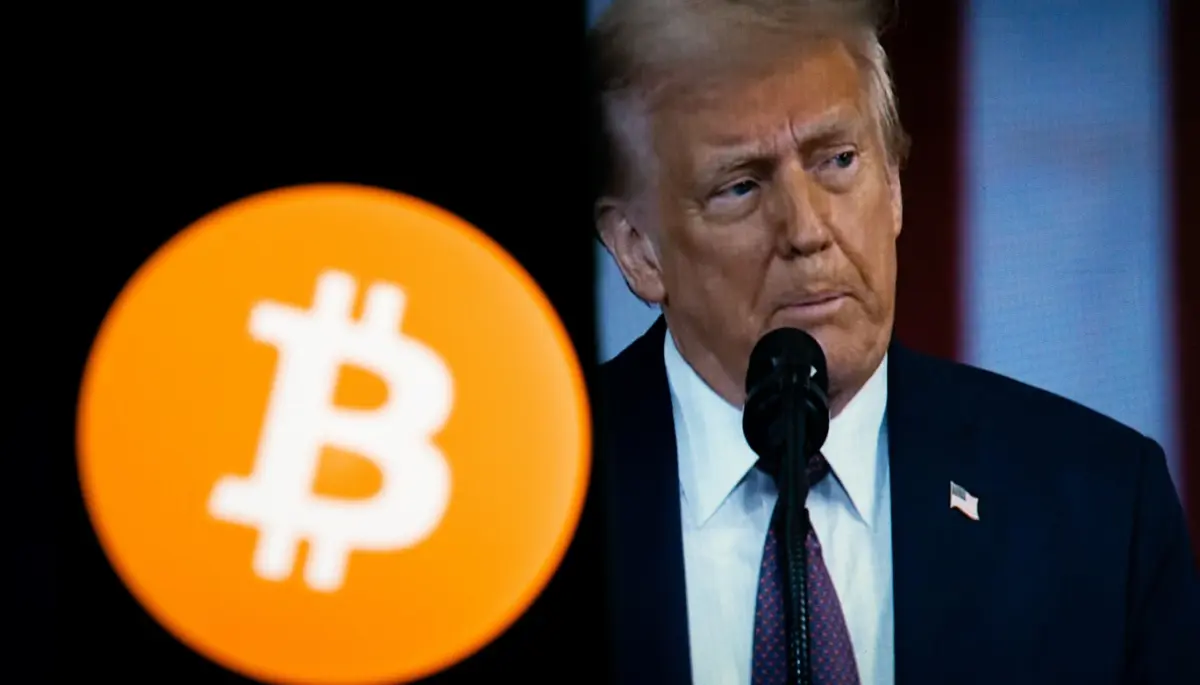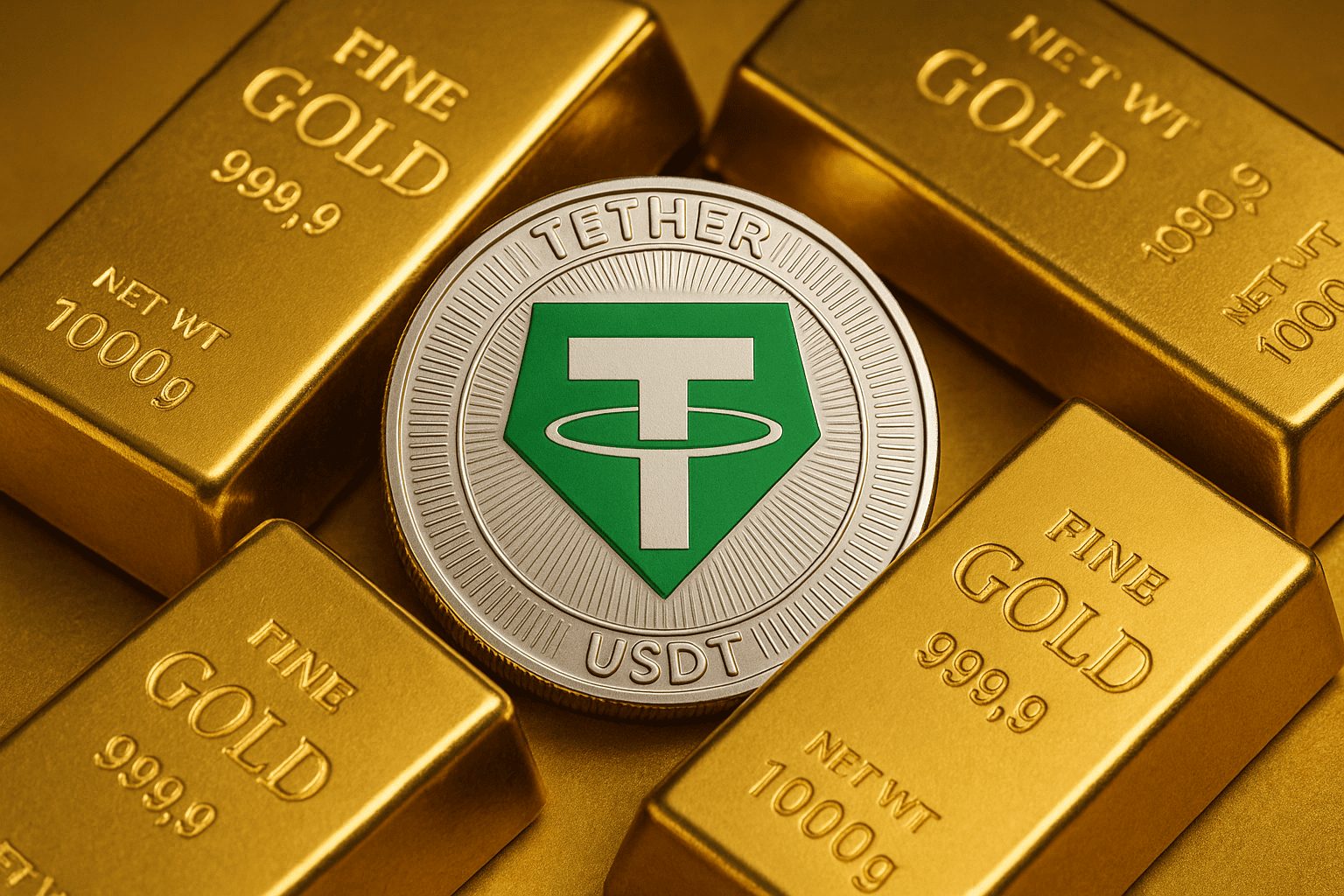The fluctuating landscape of cryptocurrency has stirred significant changes among investors, particularly as they navigate the current economic instability. A notable trend has emerged where many crypto traders are increasingly gravitating towards stablecoins and tokenized real-world assets (RWAs), leaving behind more volatile cryptocurrencies like Bitcoin and Ethereum.
The Shift Towards Stability Amidst Economic Turbulence
In recent months, investors have shown a marked shift in their cryptocurrency choices. Due to uncertainties in the economy, particularly influenced by geopolitical factors and trade measures, there has been a surge in the adoption of stablecoins—digital currencies tied to stable assets such as the US dollar. This attachment reduces their sensitivity to market fluctuations, effectively providing a safe haven for traders.
Moreover, tokenized real-world assets allow investors to deal in physical assets such as real estate and artwork via blockchain technology, further contributing to a sense of security in their investment strategies. Analysts from the crypto-data platform IntoTheBlock have reported a consistent increase in the usage of these stable alternatives, driven by the current economic landscape.
Influence of Geopolitical Tensions on Investor Behavior
The rising tension in geopolitical arenas, particularly with the initiatives introduced by President Donald Trump impacting trade relations, has propelled investors to seek out safer investment avenues. As uncertainties mount, there is a growing need for cautious financial strategies. Juan Pellicer from IntoTheBlock emphasizes this transition: “Investors are becoming more prudent due to the political instability, prompting them to look for safer assets,” he stated.
Since the announcement of trade tariffs in January, Bitcoin has experienced a decline of 19%, reflecting investor reactions to market vulnerabilities. Other cryptocurrencies, including Ethereum and Ripple, have similarly faced sharp drops. This flight from riskier assets is becoming a prevailing trend as traders prioritize stability. As a result, many investors are revisiting their strategies, with some exploring innovative alternatives like Brazil salary options in bitcoin to mitigate risks associated with traditional currencies. This shift not only highlights a growing acceptance of cryptocurrency in mainstream finance but also underscores the need for diverse investment portfolios amidst uncertainty. As the market reacts to economic pressures, it remains to be seen how long this trend of risk aversion will persist and what new opportunities may arise for those willing to adapt.
The Marketplace Responds To Changing Investor Sentiment
The broader implications of this investment behavior extend beyond individual traders, hinting at a significant shift in the cryptocurrency market dynamics. Following the, what some have dubbed the ‘Trump-effect,’ which initially fueled a boost in trading volumes due to anticipated regulatory changes, the market has now started to cool down. Trading volumes soared to approximately $132 billion a day shortly after the November 2024 elections, leaking back to lower averages as volatility persists.
Currently, a return to confidence in the crypto marketplace might depend on clearer economic strategies from political figures like Trump. If he provides discernible direction regarding cryptocurrency regulations, it could potentially restore stability and confidence in the market.
Looking Ahead
The growing inclination towards stablecoins and RWAs among investors signifies a broader trend in the cryptocurrency world. As trader focus shifts towards more stable and predictable investments amidst ongoing economic uncertainties, the demand for these assets is expected to rise, standing at an estimated $50 billion by 2025. The resilience of traditional markets continues to be challenged, and the crypto sector appears to be evolving in response.
In conclusion, the recent investor movements underline a crucial adaptive strategy in an unpredictable economic climate. Staying informed about potential shifts and tailored investment choices is imperative as the landscape continues to change.



